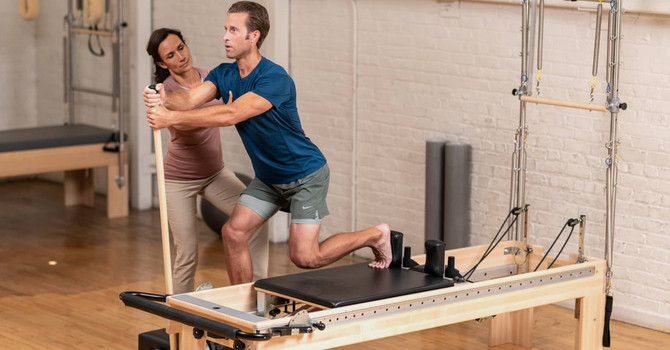Osteopathy vs Physiotherapy: Understanding the Differences and Benefits
When it comes to managing pain, improving mobility, and enhancing overall health, osteopathy and physiotherapy are two commonly recommended treatments. Both practices offer unique approaches and benefits, but understanding their differences can help you make an informed decision about which one might be best for your needs.
What is Osteopathy?
Osteopathy is a holistic approach to healthcare that focuses on the musculoskeletal system—bones, muscles, and joints. Founded by Dr. Andrew Taylor Still in the late 19th century, osteopathy is based on the principle that the body has an inherent ability to heal itself. Osteopaths use hands-on techniques to diagnose, treat, and prevent health issues.
Key principles of osteopathy include:
- Holistic Approach: Osteopathy considers the whole body, rather than just focusing on symptoms. Osteopathic practitioners believe that problems in one area can affect the entire body.
- Manual Techniques: Osteopathic practitioners use a variety of manual techniques, such as stretching, massaging, and manipulating muscles and joints to improve mobility and relieve tension.
- Preventative Care: Osteopathic practitioner emphasize the prevention of health issues through lifestyle advice, posture correction, and exercises.
What is Physiotherapy?
Physiotherapy, also known as physical therapy, is a healthcare profession focused on assessing, diagnosing, and treating physical impairments, disabilities, and pain through physical methods. Physiotherapists use a combination of manual therapy, exercise, and education to help patients recover from injury, surgery, or illness.
Key aspects of physiotherapy include:
- Evidence-Based Practice: Physiotherapy treatments are based on scientific research and evidence. Physiotherapists use proven techniques to help patients recover and improve their physical function.
- Exercise Prescription: A significant part of physiotherapy involves designing and supervising exercise programs tailored to the individual needs of the patient.
- Rehabilitation: Physiotherapists play a crucial role in rehabilitation, helping patients regain strength, mobility, and function after injury or surgery.
Differences Between Osteopathy and Physiotherapy
While both osteopathy and physiotherapy aim to improve health and physical function, they differ in their approaches and techniques.
- Philosophy and Approach: Osteopathy takes a holistic approach, focusing on the body as a whole and its ability to heal itself. Physiotherapy is more focused on specific physical issues and uses evidence-based techniques.
- Treatment Techniques: Osteopaths primarily use hands-on techniques to manipulate and adjust the body. Physiotherapists use a combination of manual therapy, exercise, and education.
- Scope of Practice: Osteopathy often addresses a broader range of issues, including those that may not be directly related to the musculoskeletal system, such as digestive or respiratory problems. Physiotherapy tends to focus more on physical rehabilitation and mobility issues.
Benefits of Osteopathy
- Holistic Care: Osteopathic Practitioners treat the whole body, not just specific symptoms.
- Pain Relief: Manual techniques can provide immediate pain relief for musculoskeletal issues.
- Improved Mobility: Osteopathic treatments can improve joint and muscle mobility.
- Preventative Advice: Osteopathic Practitioners offer lifestyle and exercise advice to prevent future issues.
Benefits of Physiotherapy
- Scientific Basis: Treatments are based on scientific evidence and research.
- Customized Exercise Programs: Physiotherapists design individualized exercise programs to aid recovery.
- Rehabilitation Expertise: Physiotherapists are experts in post-injury and post-surgery rehabilitation.
- Wide Range of Conditions: Physiotherapy can treat a variety of conditions, from sports injuries to chronic pain and neurological disorders.
Which One Should You Choose?
Choosing between osteopathy and physiotherapy depends on your specific needs and health conditions. If you prefer a holistic approach and hands-on treatment, osteopathy might be the right choice for you. If you are looking for evidence-based treatment and a structured exercise program, physiotherapy may be more suitable.
Both osteopathy and physiotherapy offer valuable treatments that can significantly improve your health and well-being. Consulting with a healthcare professional can help you determine the best approach for your individual situation.
By understanding the differences and benefits of osteopathy and physiotherapy, you can make an informed decision to help you achieve better health and mobility.

Lucile Delorme
Contact Me



